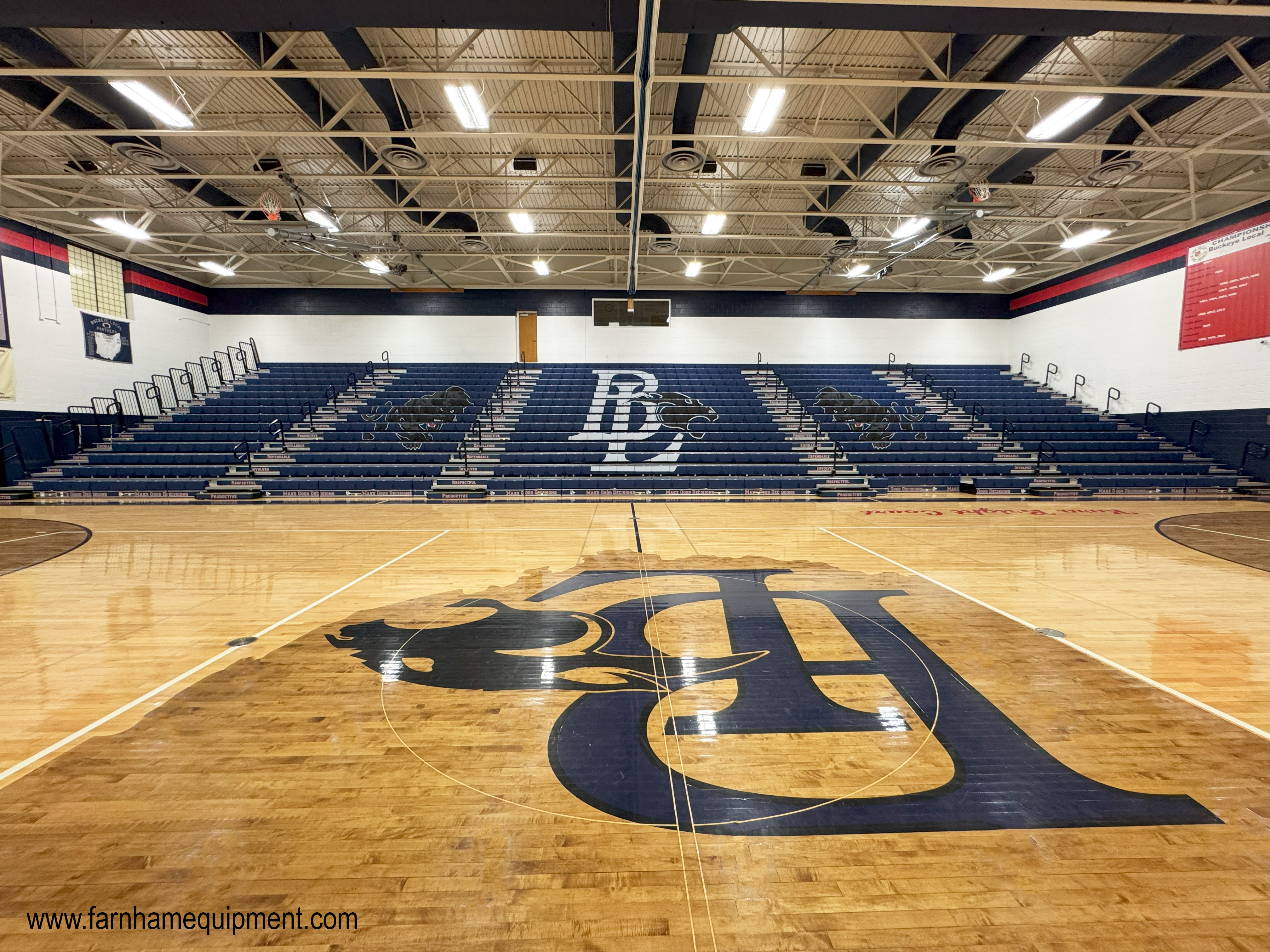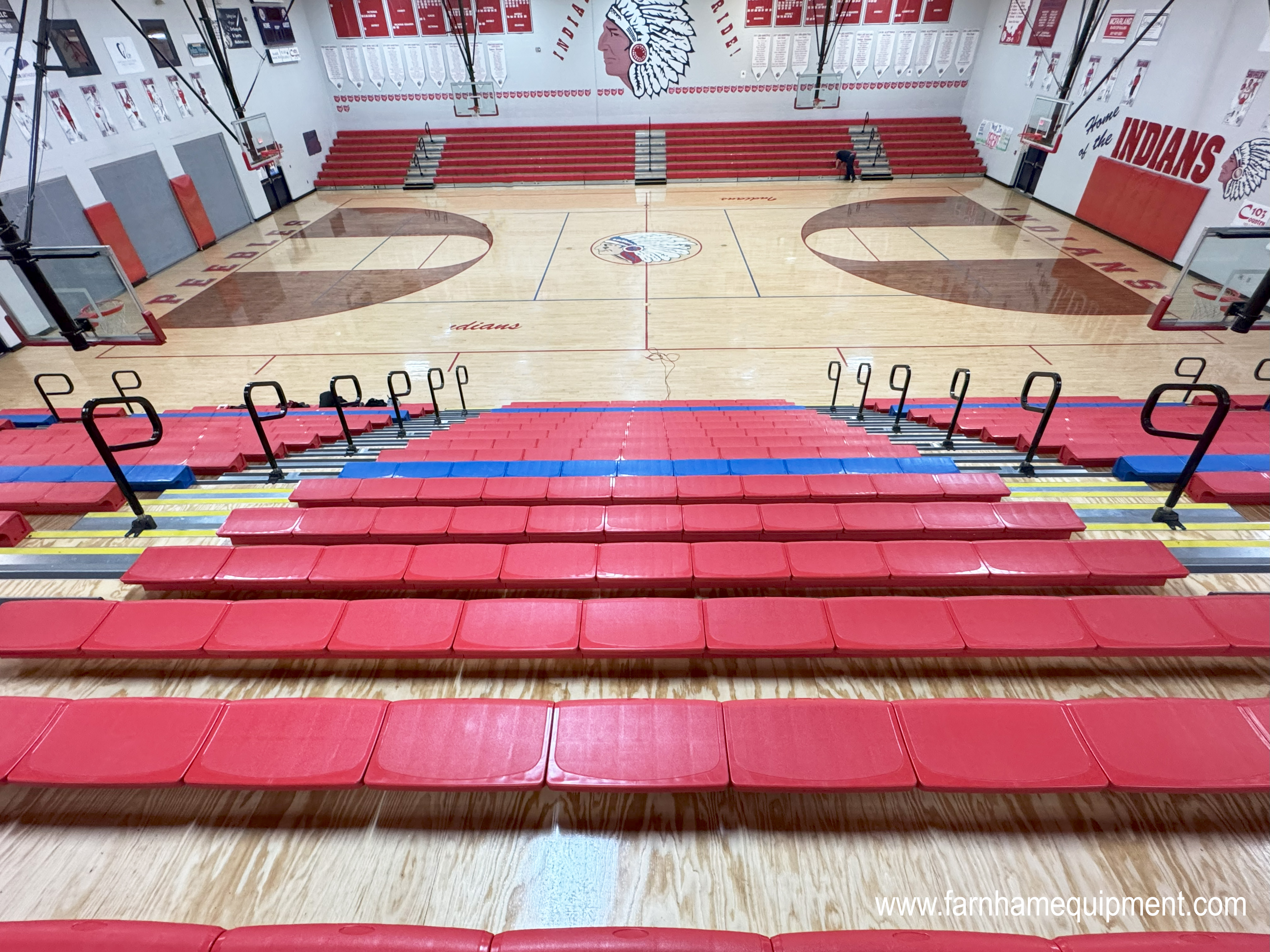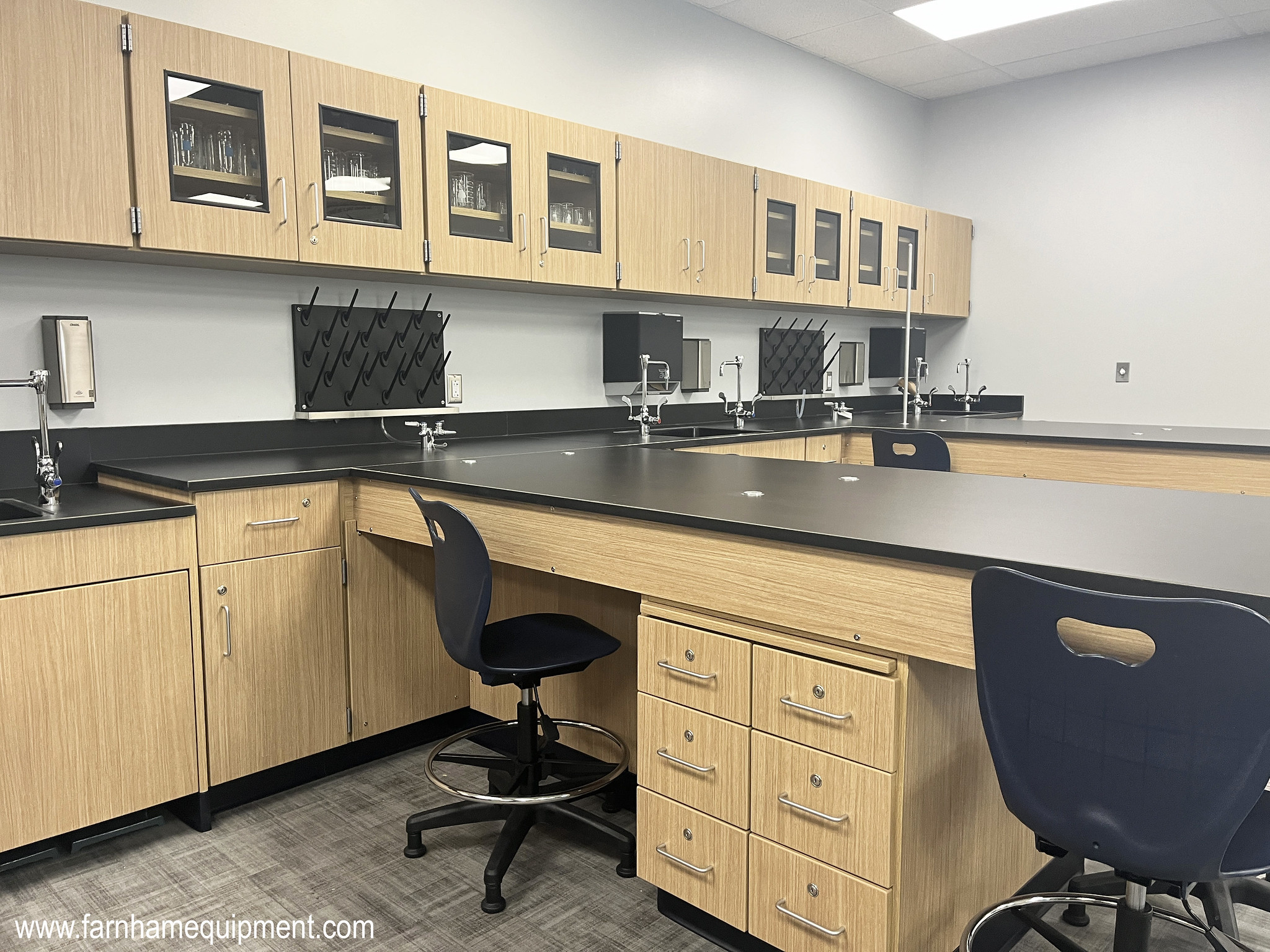With heightened awareness of bleacher and grandstand safety also comes confusion of what is required and why. We want to help you understand code requirements and the essentials for keeping your community safe.
Starting with the Ohio Building Code 1028.1.1 (found here about ¾ down the page) you will see that:
1028.1.1 Bleachers. Bleachers, grandstands and folding and telescopic seating, that are not building elements, shall comply with Chapters 1-4 of ICC 300.
The ICC 300 is the International Code Council’s comprehensive standards for Bleachers, Folding and Telescopic Seating, and Grandstands. These codes are a set of comprehensive, coordinated building safety and fire prevention codes that benefit public safety and support the industry’s need for one set of codes without regional limitations. All fifty states and the District of Columbia have adopted the ICC, or I-Codes, at the state or jurisdictional level.
Within the ICC 300, Chapter 1 Application and Administration Section 105.2 Inspection states:
Yearly Inspection Required. The owner shall cause all bleachers, folding and telescopic seating, and grandstands to be inspected at least once a year in order to verify that the structure is maintained in compliance with the provisions of this standard. All folding and telescopic seating shall also be inspected to evaluate compliance with the manufacturer’s installation and operational instructions, including an inspection during the opening and closing of such seating.
Exception: Existing installations shall be inspected in accordance with the provisions of Chapter 5.
Which also means, you not only have to follow the guidelines of Chapters 1-4 of the ICC-300, but according to Chapter 1, you must also follow the guidelines of Chapter 5.
Chapter 5 Existing Bleachers, Folding and Telescopic Seating, and Grandstands, 501.2 Inspection of the ICC 300 states:
501.2 Inspection. All existing tiered seating shall be inspected and evaluated at least once a year by a qualified person for compliance with the provisions of this chapter. All folding and telescopic seating shall be inspected to evaluate compliance with the manufacturer’s installation and operational instructions, including an inspection during the opening and closing of such seating.
An important thing to note also is the definition of a Qualified Person as found in Chapter 2 Definitions:
Qualified Person. A professional trained in the proper and safe use, operation and repair of bleachers, folding and telescopic seating and grandstands and is knowledgeable in the requirements of this standard.
“This standard” meaning code requirements. Within chapters 1-5 are a number of guidelines that should be included in your annual inspection. They are included in all Farnham Equipment Company Inspections as well as additional safety and preventative maintenance measures.
Who is “exempt” from following these requirements? No one, according to:
- Ohio Attorney General
- County Commissioners of Ohio
- State of Ohio Board of Building Standards
- Code Development & Support, Accessibility & Investigative Issues
- International Code Council
- National Fire Protection Association
The ICC 300 is in place to keep you and your community safe while decreasing liability for your facility. It’s not only important to have an inspection, it is also important to follow through with the code required repairs and upgrades for your facility to keep your patrons safe. Having someone inspect your facility that is thoroughly knowledgeable about current code requirements is essential. These requirements were put in place due to some alarming statistics and shouldn’t be taken lightly.
- During 1999, bleacher accidents killed two children and caused 22,100 injuries.
- Approximately 6,100 of those injuries occurred when an individual fell from — or through — a stand of bleachers to the ground below. Children under the age of 15accounted for about 4,910 of these incidents.
- The deaths recorded in 1999 involved a six-year-old child who fell through a 13-inch opening between the footboard and seatboard and a three-year-old who fell through an opening in the guardrail
As a result of these statistics, the Consumer Product Safety Commission, backed by Federal Legislation, formed a Roundtable on Bleachers and Grandstands. Following, the Code Council Board of Directors appointed the International Code Council Consensus Committee on Bleacher Safety to develop a standard to cover both new and existing installation of bleachers which includes fixed, telescopic, indoor, outdoor, temporary, and permanent use. The ICC 300 2012 is the most current and up to date set of standards that need to be followed.
Most recently, as noted in the Columbus Dispatch, “Injuries involving school bleachers sent more than 9,000 people to medical treatment throughout the U.S. last year — a 37 percent increase from 2000. Many of those injured were 18 or younger, according to federal data.” It’s extremely important to take precautionary measures for your facility, we cannot stress that enough.
Another concern that we want to point out, as Rocky Baker Service Manager and ICC Member stated in NBC 4’s “How Safe Are High School Bleachers?” guardrails are intended to prevent people from falling and according to code requirements, they must be able to withhold a 200lb concentrated load. So when the concentrated weight exceeds that, it is possible that it will not withstand the home team crowd cheering and leaning on the guardrails for support. The main structure itself will hold its capacity, but the guardrail’s intended use should be taken into consideration.
More information is available on our Blog under the category Safety & Code Compliance. In addition, Rocky Baker will be attending the Ohio Public Facilities Maintenance Association Annual Conference on October 21, 2013 and leading a workshop and Table Talk discussion on Understanding Code Compliance with Telescopic Seating and Outdoor Grandstands. If you have additional questions, feel free to contact us or register for the OPFMA Conference to learn more about Code Compliance and Safety.



0 Comments